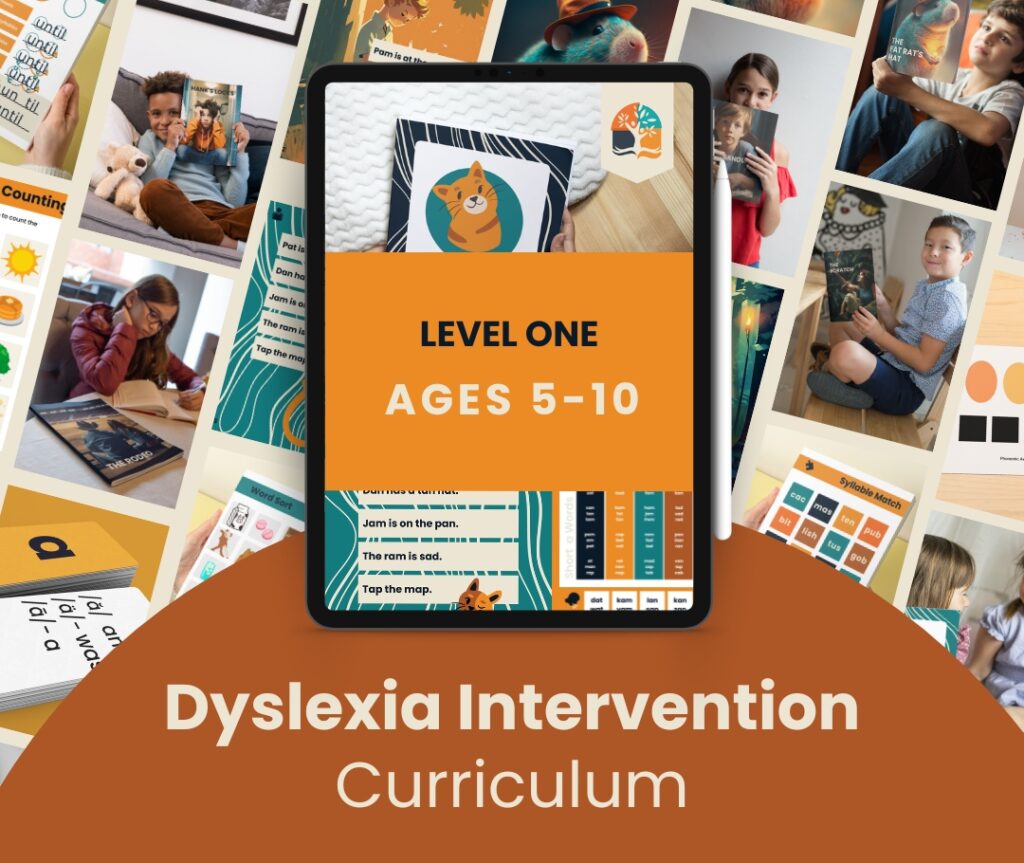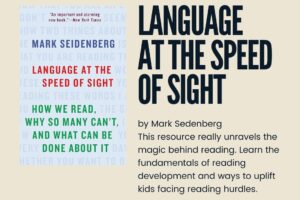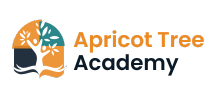
Early Intervention: The Key to Reading Success
- Posted by Sandra D
- Categories Dyslexia, Multisensory, Orton-Gillingham, Reading Research
- Date February 20, 2025
- Comments 0 comment

Understanding Dyslexia
Firstly, parents need to understand that dyslexia is a neurodevelopmental condition that affects reading and writing skills. Building new neural pathways to compensate for these challenges requires time and consistent effort. Therefore, it is crucial to set realistic expectations and be patient with your child’s progress.
The Importance of Early Intervention
Recognize that early intervention is a valuable gift for your child. Identifying dyslexia early allows for targeted support and strategies that can make a significant difference in your child’s academic and personal development. Additionally, early detection enables educators and specialists to implement evidence-based interventions that address specific challenges associated with dyslexia, fostering a more inclusive and supportive learning environment.
The Role of Explicit Phonics Instruction
Overwhelming research has proven that explicit, systematic phonics instruction has the power to teach all children to read. Explicit instruction breaks down the rules and procedures into smaller chunks that are more easily grasped. Systematic teaching allows reading to be taught in a fixed and methodical pattern. Therefore, students with dyslexia need the rules taught in small steps and a logical pattern with repetition for mastery.
Key Components of an Effective Reading Program
- Phonics
- Explicit Instruction
- Systematic Learning
- Repeated Instruction
The Orton-Gillingham Method
One well-known approach to teaching reading to dyslexic children is the Orton-Gillingham Method or OG Method. The OG Method offers explicit, systematic phonics instructions. This means students are directly taught how to decode and spell using letter sounds, phonics, and language rules. Since repetition is vital to dyslexic learners, these concepts are taught in a particular order that builds upon what they have already learned. The OG Method is also multisensory, which allows for the repetition of learning using several senses. Activities include utilizing print (visual), hearing the words (auditory), and tapping or tracing (kinesthetic and tactile). This repetition facilitates the building of stronger neural pathways in the brain. Just like any skill worth learning, repeated practice of phonics improves reading.
Apricot Tree Academy’s Intervention Program
Apricot Tree Academy offers an Orton-Gillingham-based Intervention Program for Dyslexic Students. The Dyslexia Intervention Curriculum is designed specifically for families who are dedicated to supporting their child with dyslexia. Most importantly, this course aims to equip parents and caregivers with the necessary knowledge, strategies, and resources to help their children learn to read, write, and spell.
Choosing the Right Intervention Materials
When selecting intervention materials, look for a science-based, structured, multisensory approach like an Orton-Gillingham (OG) curriculum. By embracing an early, science-based intervention, you are not only providing your child with essential tools for success but also contributing to a positive and proactive approach to addressing dyslexia within the educational setting.
For additional resources, check out our Dyslexia Intervention Program on Amazon.

You may also like

Book Review: Language at the Speed of Sight


